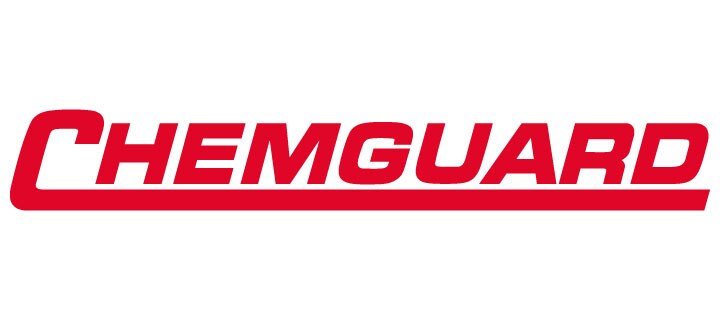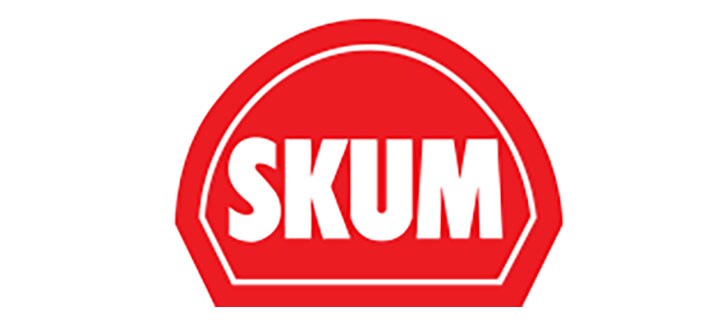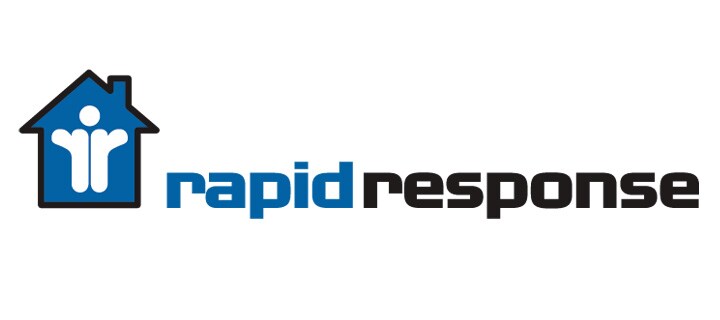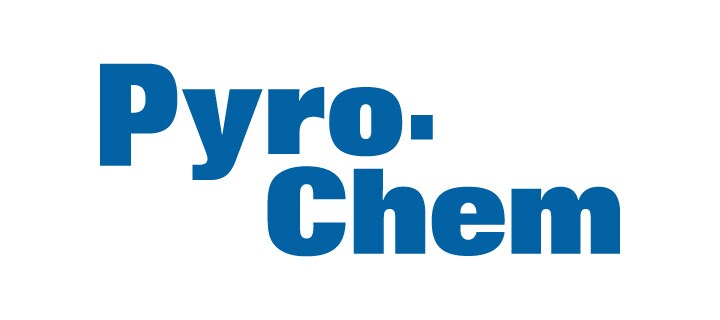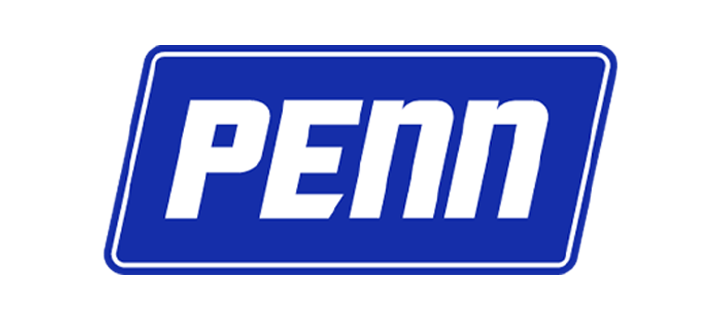White paper: Heat pump or boiler?
What's the business case?
Managing energy consumption for the heating and cooling of buildings and industry is essential if nations are to achieve global carbon reduction and sustainability goals.
According to the International Energy Agency (IEA), almost a fifth of the growth in global energy use in 2018 was due to hotter summers pushing up demand for cooling, and cold snaps leading to higher heating needs. And looking at energy consumption by sector, data from the IEA's World Energy Outlook 2019 shows that industry will replace the buildings sector as the biggest energy consumer by 2030.
The electrification of heat through heat pumps (HPs), where the electricity to drive the HPs comes from renewable sources, is therefore seen as a key technology in cutting carbon emissions in the industrial sector. Their use is also an integral part of decarbonising heat in the creation of smart, sustainable cities.
Driving the HP agenda
The growing movement of countries towards net zero carbon emissions by 2050 is likely to accelerate the replacement of fossil fuelled boilers with heat pumps.
As the leader in moving to become carbon neutral by 2050, Europe has already committed to at least 40 percent cuts in greenhouse gas emissions (from 1990 levels) by 2030 and is proposing to increase this ambition to 55 percent under the European Green Deal (EGD). Climate change and the energy transition has recently become top priority on the European agenda, providing economic incentives for the implementation of low-carbon technologies and energy efficiency.
Why do heat pumps have such a great impact?
In simple terms, a heat pump is a heat engine operating in reverse. It reverses the natural heat flow process (where heat transfers from warmer places to colder spaces) by absorbing energy from a cold environment and releasing it as heat at a higher temperature. The process requires an external energy source such as electricity. This could come from a renewable source, which provides a carbon-free heat source.
How a heat pump works
A heat pump has four main components: an evaporator, a compressor, a condenser, and an expansion device. It essentially operates like a refrigerator. A mechanical heat pump, which is the most widely used in industrial settings, operates on the principle of compression and expansion of a working fluid, or 'refrigerant', that passes through all these components.
The evaporator is the heat exchanger between the low-temperature heat source and the refrigerant. In terms of heat source, ambient air, seawater and cleaned effluent water account for most future district heating projects.
The refrigerant enters the evaporator as a low-pressure liquid and the outside air/waste heat source evaporates the refrigerant. The refrigerant leaves the evaporator as a low-pressure gas, which then enters the compressor, where it is compressed. The compression process turns the cool, low-pressure gas from the evaporator into a hot, high-pressure gas. This gas enters the condenser, which is another heat exchanger that serves to deliver this heat to the consumer at a higher temperature level.
Electric energy is required to drive the compressor and this energy is added to the heat that is available in the condenser.
Increasing heat pump demand in the industrial sectors
Heat pumps are well suited to reducing emissions in the supply of low temperature (<100 °C) heat, which, according to the IEA, is the largest source of industrial heat demand today. In recent years, there has been a demand for industrial heating and cooling solutions that are increasing in scale and complexity. This pushes the envelope in terms of where industrial HPs are being applied.
For cooling, which is a necessity at a facility like a dairy or an abattoir, there is no other option but to use a cooling plant. But for a heating application, there is always an alternative. Depending on requirements, a plant owner could use a heat pump, a variety of fossil fuelled boilers, biomass boilers or an electrical boiler.
Typically, a heat pump is more efficient than a conventional boiler from a heating perspective – whether in a district heat application or municipal application.
A heat pump might typically have a Coefficient of Performance (COP) of 3-5 (or higher depending on the application), i.e. it can transfer 500 percent more energy than it consumes. Or, put another way, it produces 5 kW of heat for every 1 kW input of electricity.
In contrast, a high-efficiency gas boiler is about 95 percent efficient, meaning 95 percent of the energy in the gas comes out as useful heat, with the other 5 percent being lost as heat through the flue.
Heat pump or boiler – and what to consider?
In the energy provider or utility space, heat pumps can be used as a primary source of generation, replacing fossil fuel boilers in the generation of heat. Over the years, they have been moving into a range of applications with outputs of between 40-70 MW, which would have traditionally been served by a series of boilers or a combined heat and power (CHP) plant.
Choosing between a boiler and a HP, however, is not a straightforward decision. Essentially, the decision is driven by the overall economic case, operator needs, and health, safety and environmental (HSE) requirements.
The plant owner’s application and preferences are the first considerations before purchasing a HP. For the supplier, it is key to understand the owner’s needs, e.g. are there special site requirements or preferences in terms of refrigerant handling? Is there a need for capacity redundancy? It is also important to understand financial parameters, such as inter-company rates, amortisation, energy cost, and alue/profit on heat.
HSE and assessing the ambient surroundings are crucial. The toxicity, flammability, pressure, and safety of the refrigerants must be considered. At the same time, a plant owner should also think about its corporate, sustainability, and responsibility ethos.
All of this culminates in several key considerations when configuring a HP installation. These include:
A heat pump might typically have a Coefficient of Performance (COP) of 3-5 - it can transfer 500% more energy than it consumes. In contrast, a high-efficiency gas boiler is about 95% efficient.
The choice is down to economics
In summary, at a facility where there is an existing boiler, the projected savings on the energy cost has to cover the full investment of the new heat pump. At a greenfield site, where the capital cost for a heat pump is only perhaps 30 percent more than that of a new boiler, the economic case is clear – the energy savings over the lifetime of the installation only has to cover the additional 30 percent investment which makes the HP almost always more favorable.
Ultimately, there is no uniform solution when installing heat pumps, as it depends on several conditions. The best solution is therefore the one that provides the highest net present value or return on investment. A potential HP owner should take note that a payback of 5.2 years is equivalent to an annual interest rate of around 13 percent – a return on investment they would be hard-pressed to earn anywhere.
Read the full white paper by Morten Deding
According to the International Energy Agency (IEA), almost a fifth of the growth in global energy use in 2018 was due to hotter summers pushing up demand for cooling, and cold snaps leading to higher heating needs. And looking at energy consumption by sector, data from the IEA's World Energy Outlook 2019 shows that industry will replace the buildings sector as the biggest energy consumer by 2030.
The electrification of heat through heat pumps (HPs), where the electricity to drive the HPs comes from renewable sources, is therefore seen as a key technology in cutting carbon emissions in the industrial sector. Their use is also an integral part of decarbonising heat in the creation of smart, sustainable cities.
Driving the HP agenda
The growing movement of countries towards net zero carbon emissions by 2050 is likely to accelerate the replacement of fossil fuelled boilers with heat pumps.
As the leader in moving to become carbon neutral by 2050, Europe has already committed to at least 40 percent cuts in greenhouse gas emissions (from 1990 levels) by 2030 and is proposing to increase this ambition to 55 percent under the European Green Deal (EGD). Climate change and the energy transition has recently become top priority on the European agenda, providing economic incentives for the implementation of low-carbon technologies and energy efficiency.
Why do heat pumps have such a great impact?
In simple terms, a heat pump is a heat engine operating in reverse. It reverses the natural heat flow process (where heat transfers from warmer places to colder spaces) by absorbing energy from a cold environment and releasing it as heat at a higher temperature. The process requires an external energy source such as electricity. This could come from a renewable source, which provides a carbon-free heat source.
How a heat pump works
A heat pump has four main components: an evaporator, a compressor, a condenser, and an expansion device. It essentially operates like a refrigerator. A mechanical heat pump, which is the most widely used in industrial settings, operates on the principle of compression and expansion of a working fluid, or 'refrigerant', that passes through all these components.
The evaporator is the heat exchanger between the low-temperature heat source and the refrigerant. In terms of heat source, ambient air, seawater and cleaned effluent water account for most future district heating projects.
The refrigerant enters the evaporator as a low-pressure liquid and the outside air/waste heat source evaporates the refrigerant. The refrigerant leaves the evaporator as a low-pressure gas, which then enters the compressor, where it is compressed. The compression process turns the cool, low-pressure gas from the evaporator into a hot, high-pressure gas. This gas enters the condenser, which is another heat exchanger that serves to deliver this heat to the consumer at a higher temperature level.
Electric energy is required to drive the compressor and this energy is added to the heat that is available in the condenser.
Increasing heat pump demand in the industrial sectors
Heat pumps are well suited to reducing emissions in the supply of low temperature (<100 °C) heat, which, according to the IEA, is the largest source of industrial heat demand today. In recent years, there has been a demand for industrial heating and cooling solutions that are increasing in scale and complexity. This pushes the envelope in terms of where industrial HPs are being applied.
For cooling, which is a necessity at a facility like a dairy or an abattoir, there is no other option but to use a cooling plant. But for a heating application, there is always an alternative. Depending on requirements, a plant owner could use a heat pump, a variety of fossil fuelled boilers, biomass boilers or an electrical boiler.
Typically, a heat pump is more efficient than a conventional boiler from a heating perspective – whether in a district heat application or municipal application.
A heat pump might typically have a Coefficient of Performance (COP) of 3-5 (or higher depending on the application), i.e. it can transfer 500 percent more energy than it consumes. Or, put another way, it produces 5 kW of heat for every 1 kW input of electricity.
In contrast, a high-efficiency gas boiler is about 95 percent efficient, meaning 95 percent of the energy in the gas comes out as useful heat, with the other 5 percent being lost as heat through the flue.
Heat pump or boiler – and what to consider?
In the energy provider or utility space, heat pumps can be used as a primary source of generation, replacing fossil fuel boilers in the generation of heat. Over the years, they have been moving into a range of applications with outputs of between 40-70 MW, which would have traditionally been served by a series of boilers or a combined heat and power (CHP) plant.
Choosing between a boiler and a HP, however, is not a straightforward decision. Essentially, the decision is driven by the overall economic case, operator needs, and health, safety and environmental (HSE) requirements.
The plant owner’s application and preferences are the first considerations before purchasing a HP. For the supplier, it is key to understand the owner’s needs, e.g. are there special site requirements or preferences in terms of refrigerant handling? Is there a need for capacity redundancy? It is also important to understand financial parameters, such as inter-company rates, amortisation, energy cost, and alue/profit on heat.
HSE and assessing the ambient surroundings are crucial. The toxicity, flammability, pressure, and safety of the refrigerants must be considered. At the same time, a plant owner should also think about its corporate, sustainability, and responsibility ethos.
All of this culminates in several key considerations when configuring a HP installation. These include:
A heat pump might typically have a Coefficient of Performance (COP) of 3-5 - it can transfer 500% more energy than it consumes. In contrast, a high-efficiency gas boiler is about 95% efficient.
The choice is down to economics
In summary, at a facility where there is an existing boiler, the projected savings on the energy cost has to cover the full investment of the new heat pump. At a greenfield site, where the capital cost for a heat pump is only perhaps 30 percent more than that of a new boiler, the economic case is clear – the energy savings over the lifetime of the installation only has to cover the additional 30 percent investment which makes the HP almost always more favorable.
Ultimately, there is no uniform solution when installing heat pumps, as it depends on several conditions. The best solution is therefore the one that provides the highest net present value or return on investment. A potential HP owner should take note that a payback of 5.2 years is equivalent to an annual interest rate of around 13 percent – a return on investment they would be hard-pressed to earn anywhere.
Read the full white paper by Morten Deding



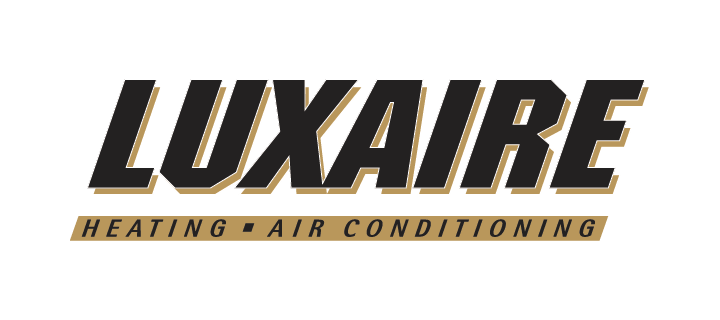





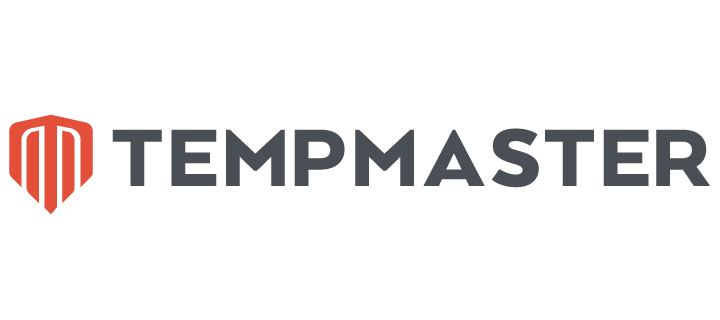




.jpg?la=en&h=310&w=720&hash=8D9823F26AA80B2B75C3E4B2E61770DC)

.png?la=en&h=320&w=721&hash=DBE19054245A42166662900C95711F6A)


.jpg?la=en&h=320&w=719&hash=13CA7E4AA3E453809B6726B561F2F4DD)
.jpg?la=en&h=306&w=720&hash=F21A7CD3C49EFBF4D41F00691D09AEAC)
.png?la=en&h=320&w=720&hash=18CFCCD916C92D922F600511FABD775D)


.jpg?la=en&h=320&w=720&hash=244C75B74F0F77521D56164450973BCD)

